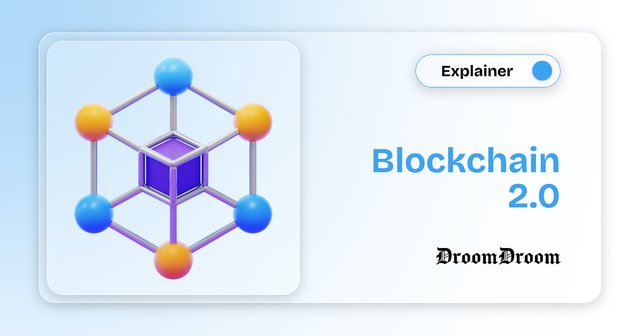Blockchain 2.0: The Evolution Beyond Bitcoin.
To dive deeper, check out the complete article from original source:
https://droomdroom.com/understanding-blockchain-2-0/
Blockchain 2.0: The Next Evolution 🚀
Blockchain 2.0 is an upgraded version of blockchain technology, introducing smart contracts 🤖, which enable decentralized task execution without intermediaries. It enhances security 🔐, scalability 📈, and transparency 👀, extending blockchain use beyond cryptocurrencies.
How It Evolved
Blockchain was first conceptualized in 1991 but gained real-world traction in 2008 with Bitcoin 💰, introduced by Satoshi Nakamoto. Bitcoin enabled peer-to-peer transactions without relying on banks. However, its use was limited to financial transactions.
What Makes Blockchain 2.0 Different?
Vitalik Buterin introduced Ethereum (2013) ⚡, which expanded blockchain’s capabilities beyond currency. Smart contracts allowed automation of tasks like payments and identity verification, removing the need for intermediaries.
Key Features of Blockchain 2.0:
✅ Smart Contracts — Self-executing agreements that automate processes.
✅ Decentralized Applications (DApps) 📱 — Apps running on blockchain for security & transparency.
✅ Tokenization 🎟️ — Digital assets (fungible & non-fungible) representing ownership of real-world or virtual assets.
Real-World Applications 🌍
🔹 Decentralized Finance (DeFi) 🏦 — Enables lending, borrowing, & trading without banks.
🔹 Digital Ownership 🎨 — NFTs verify authenticity of art, music & identity.
🔹 Voting & Governance 🗳️ — DAOs empower communities to make decisions.
🔹 Supply Chain Management 📦 — Tracks goods, ensuring transparency & fraud reduction.
Blockchain 2.0 is reshaping industries beyond crypto, offering innovative, decentralized solutions to real-world challenges! 🚀💡
